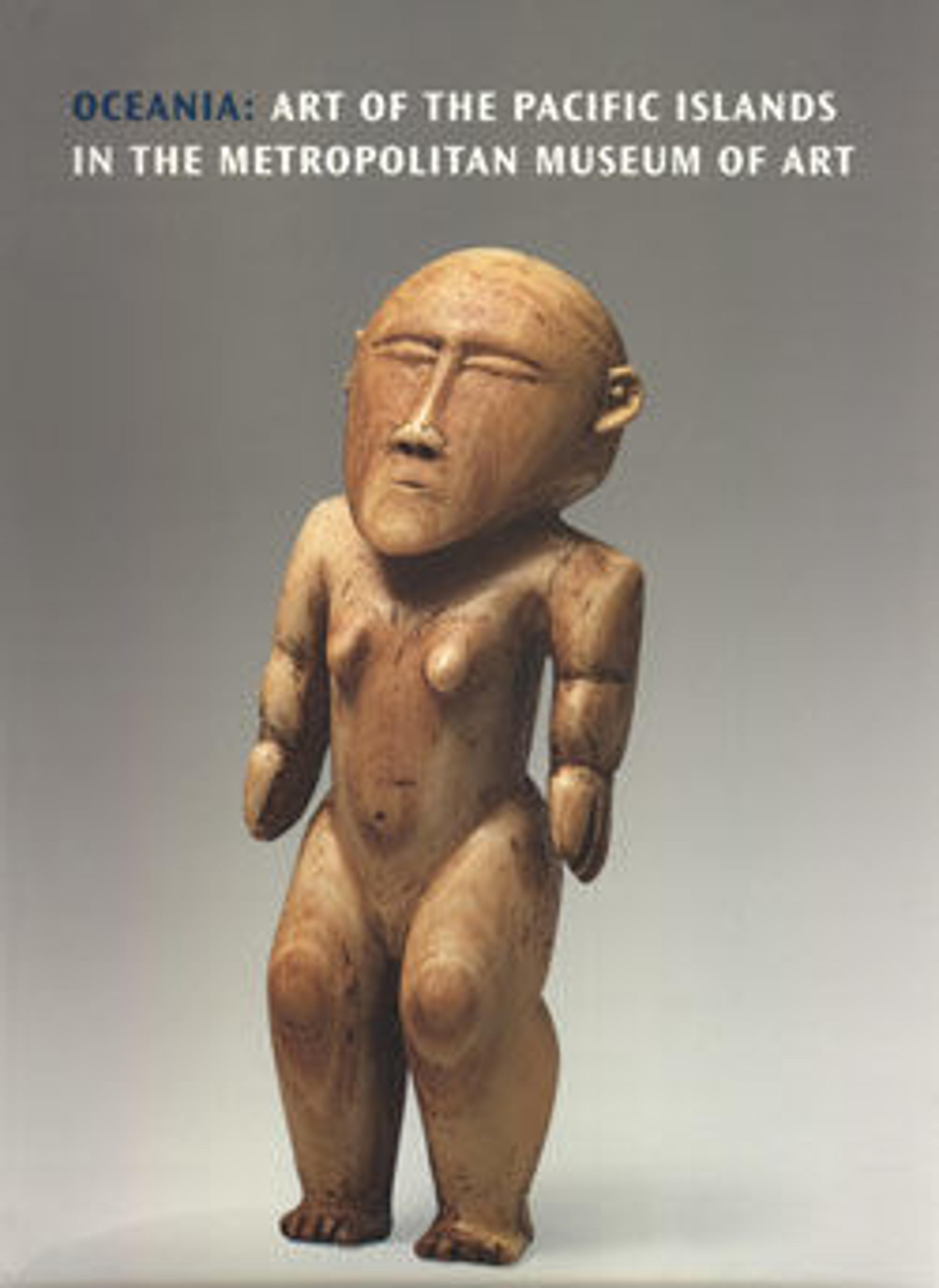Mask (Lewa)
The peoples of the Schouten Islands, an offshore archipelago near the mouth of the Sepik River, create distinctive masks representing spirits called village lewa. Masked performers impersonating those spirits appear to dance and enforce a ban on harvesting coconuts during the lead up to walage, ceremonial food distributions held by the village headman. In preparation for a walage, the headman summons the village lewa. A male dancer impersonating a pregnant female lewa arrives first and "gives birth" to twin sons, who are portrayed by the masked dancers. The two lewa appear regularly during the months required for the coconuts to ripen for the ceremony. They are then sent back to the land of the spirits, accompanied by funerary chants, and the masks are stored away.
Artwork Details
- Title: Mask (Lewa)
- Date: 19th–early 20th century
- Geography: Papua New Guinea, Schouten Islands
- Culture: Wogeo or Bam people
- Medium: Wood, paint
- Dimensions: H. 15 1/7 × W. 8 × D. 7 in. (38.5 × 20.3 × 17.8 cm)
- Classification: Wood-Sculpture
- Credit Line: Purchase, Fred and Rita Richman Gift and Rogers Fund, 2001
- Object Number: 2001.254
- Curatorial Department: The Michael C. Rockefeller Wing
More Artwork
Research Resources
The Met provides unparalleled resources for research and welcomes an international community of students and scholars. The Met's Open Access API is where creators and researchers can connect to the The Met collection. Open Access data and public domain images are available for unrestricted commercial and noncommercial use without permission or fee.
To request images under copyright and other restrictions, please use this Image Request form.
Feedback
We continue to research and examine historical and cultural context for objects in The Met collection. If you have comments or questions about this object record, please contact us using the form below. The Museum looks forward to receiving your comments.
